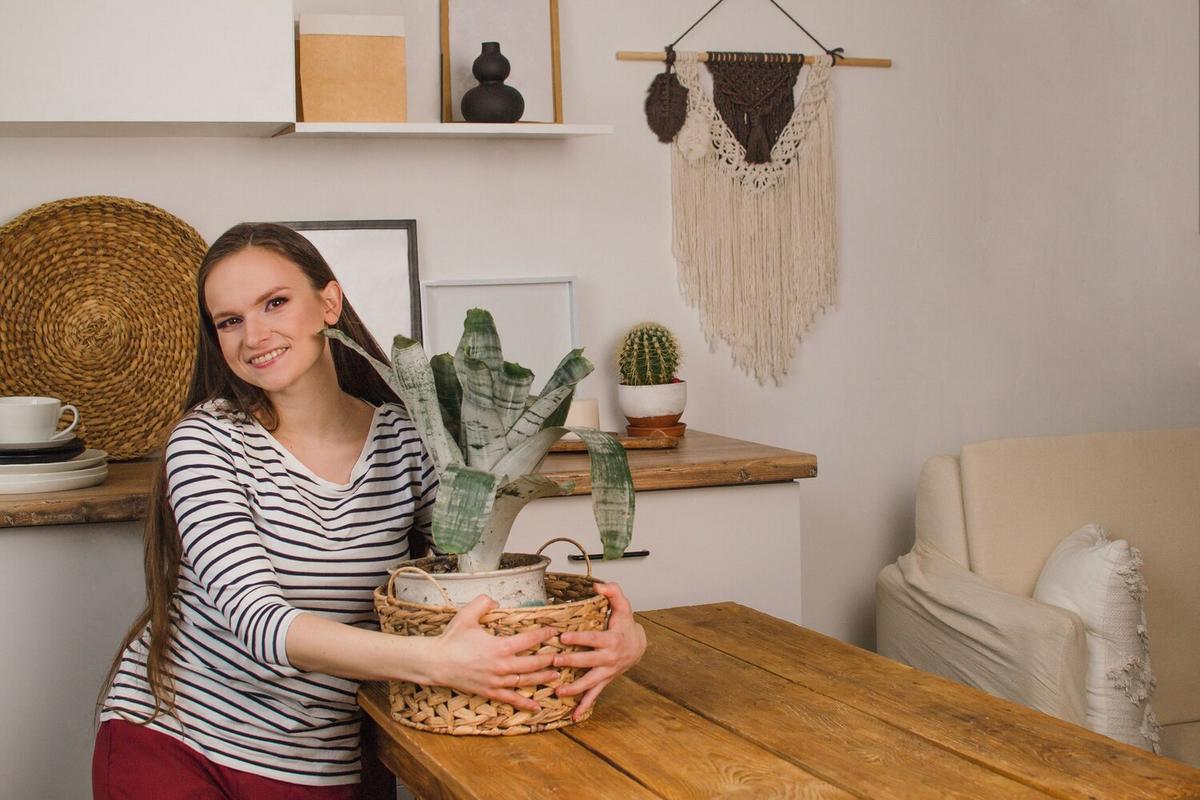
Sustainable Interior Design: Making Your Space Eco-Friendly
As we strive to live more sustainably, our homes become a reflection of this commitment, with interior design playing a pivotal role in creating eco-friendly living spaces.
Understanding Sustainable Interior Design
Sustainable interior design focuses on creating environments that are both aesthetically pleasing and environmentally responsible. This approach reduces the negative impact on the planet by utilizing resources efficiently and promoting practices that support ecological balance.
Expert Insights
According to the United States Green Building Council, sustainable design not only benefits the planet but also enhances the quality of life. Interior designer and sustainability advocate, Emily Henderson, emphasizes that choosing sustainable materials can significantly reduce a home’s carbon footprint.
Material Choices Matter
One of the key aspects of sustainable interior design is the selection of materials. Opting for natural and recycled materials such as bamboo, reclaimed wood, and recycled metal can make a big difference. These materials are not only durable but also reduce waste and energy consumption associated with manufacturing new products.
Energy Efficiency
Incorporating energy-efficient appliances and lighting is another crucial step. LED lights, for instance, use significantly less energy and have a longer lifespan compared to traditional bulbs. Installing smart thermostats can also help optimize energy use, reducing both costs and environmental impact.
Practical Tips for Eco-Friendly Spaces
- Choose furniture made from sustainable materials or second-hand pieces.
- Incorporate indoor plants to improve air quality naturally.
- Use non-toxic paints and finishes to minimize indoor pollution.
- Opt for natural fibers like cotton, wool, or jute for textiles.
Case Study: A Personal Experience
When renovating her living room, Jessica opted for a minimalist design using reclaimed wood for shelves and organic cotton for upholstery. This not only gave her space a unique charm but also aligned with her values of sustainability.
Making Informed Choices
Research plays a vital role in sustainable interior design. Websites like EcoWatch and Architecture 2030 offer valuable resources on eco-friendly practices and materials.
Frequently Asked Questions
What are the benefits of sustainable interior design?
Sustainable interior design reduces environmental impact, improves indoor air quality, and can be cost-effective in the long run due to energy savings.
How can I start making my home more sustainable?
Begin by assessing your current materials and energy use, then gradually incorporate sustainable practices like using LED lighting and selecting eco-friendly furnishings.
Conclusion
Transitioning to a sustainable interior design approach involves conscious decisions about materials, energy use, and waste reduction. By making these changes, you not only contribute to a healthier planet but also create a more harmonious and rewarding living space. Embrace the challenge of sustainable design and take the first step towards an eco-friendly home today.


